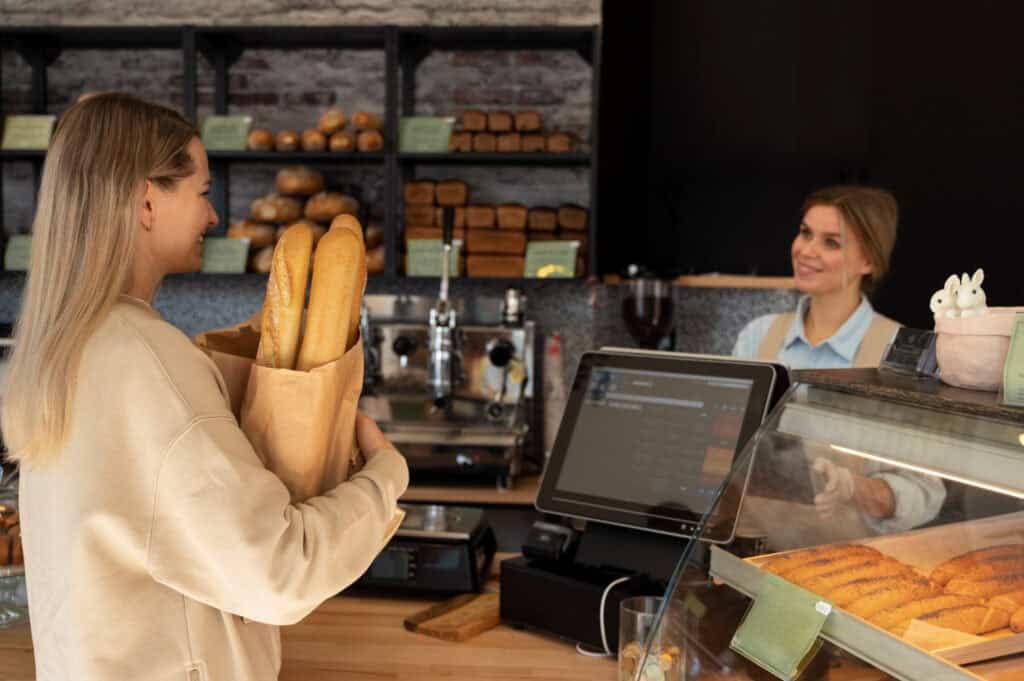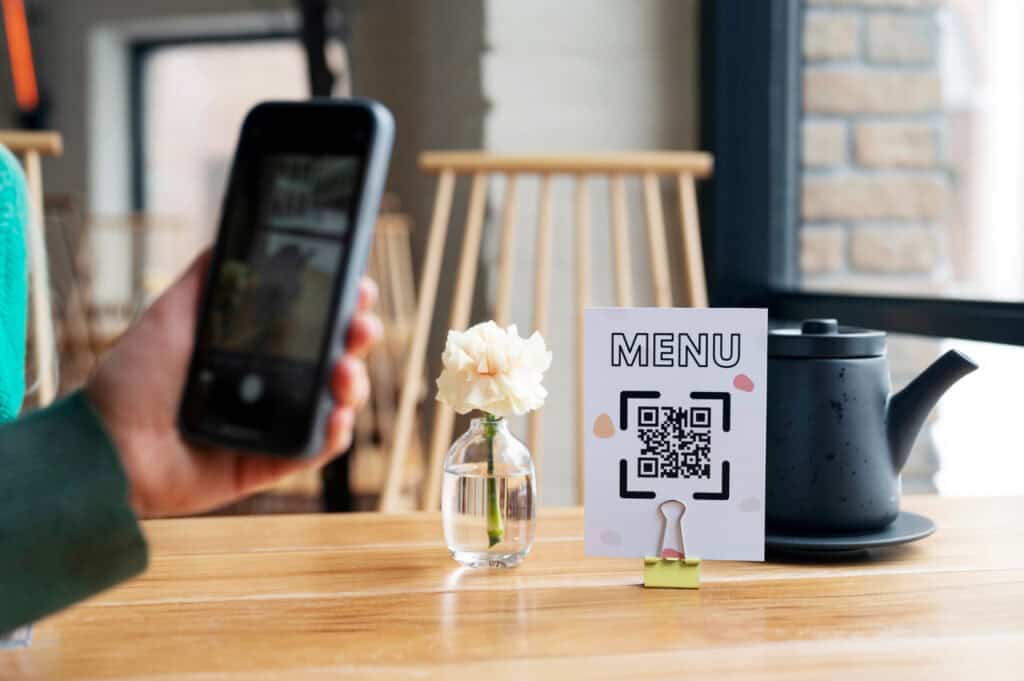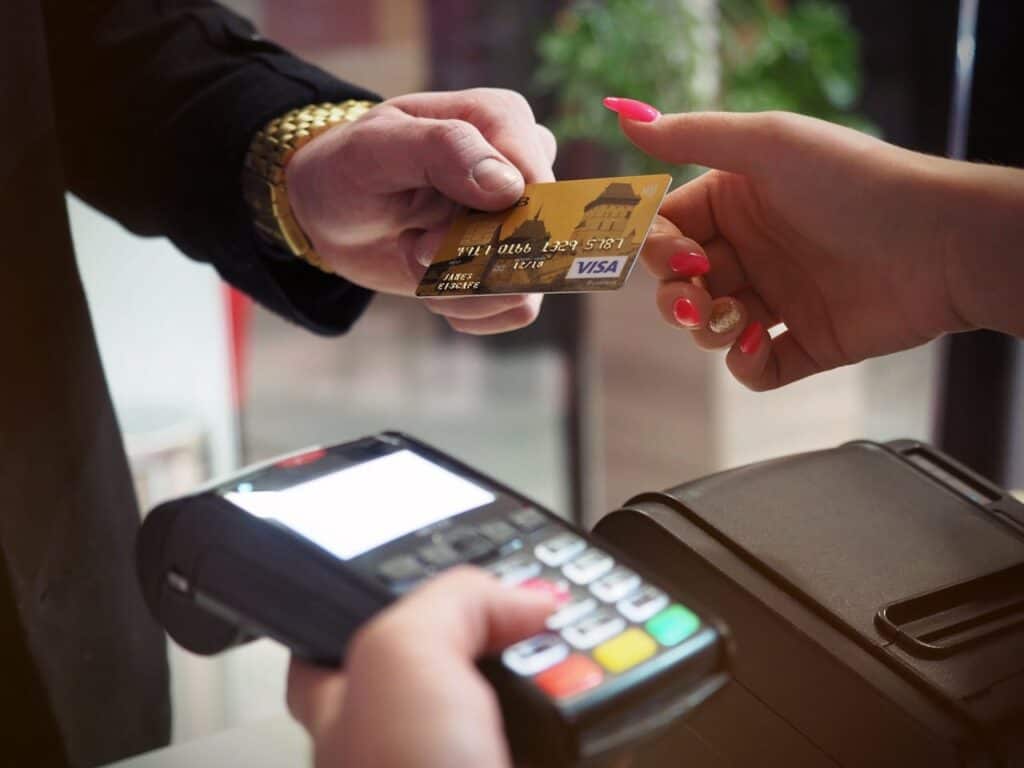We may earn money or products from the companies mentioned in this post. This means if you click on the link and purchase the item, I will receive a small commission at no extra cost to you … you’re just helping re-supply our family’s travel fund.
Cash-only once felt like part of the charm. Handwritten checks, a metal tin under the counter, and a line that moved on trust. But the same details that made it feel personal also made it slow, risky, and hard to track. Customers changed faster than the ritual did.
Here’s the reality. Cards, taps, and phone wallets now set the baseline for speed and convenience. Delivery apps taught people to pay before they arrive. Processors got cheaper. Hardware got simpler. The shift is not just about technology. It is about time, safety, margin, and the kind of service that wins repeat visits.
Why cash-only is fading

Cash is friction. It slows the line while people count, change, and pocket bills. During a lunch rush that delay feels huge. When the line moves faster with taps and swipes, customers notice and return more often.
Cash is also risk. A drawer full of bills invites theft and mistakes. Owners eat losses that never show up as a clean number on a report. With digital sales, you know exactly what came in and when.
Finally, cash limits you. Preorders, kiosks, loyalty points, and table pay are hard to run on paper. If nearby competitors let people order ahead, your line becomes the slow one.
The new math on fees and speed
Card fees sting. No one likes handing over a slice of each sale. But speed buys sales you would have lost while the drawer was open. More turns per hour make the fee easier to swallow.
Short version: a faster line is free marketing. People come back when they can get in and out without drama.
Data matters too. When you can see peak hours, top items, and average ticket size, you schedule smarter and order tighter. Waste goes down. Margins edge up.
A simple test helps. Run a week with digital-first checkout and measure tickets per hour. The numbers tell their own story.
Safety and shrinkage

Handling cash exposes staff to risk on both sides of the counter. Late-night closes feel safer when there is less money to carry. Insurance and common sense agree on that point.
Digital trails reduce shrink. Voids, comps, and refunds are recorded with a name and time stamp. That does not replace trust, but it does protect it. Mistakes are easier to find and fix.
Bank runs are another hidden cost. Deposits take time, and time is labor. A processor that lands funds the next day keeps managers in the building, not in traffic.
Customer expectations and behavior shifts
People now expect to pay the way they carry their money. Many leave the house with a phone and a watch, not a wallet. If you cannot take tap, you are telling them to go elsewhere.
Small checks are going digital too. No one wants to swipe for an espresso and sign a slip. Tap, beep, done. The bar moves faster and the tip screen nudges spend without pressure.
Loyalty fits the new habit. Points and stored value cards bring people back for the free pastry or the tenth bowl. Paper punch cards live in junk drawers. App points live on the front screen.
Delivery and pickup have trained customers to order before they arrive. If your flow cannot accept pay-ahead, your counter clogs at the worst time.
Cheap hardware, cheaper onboarding
Tablets and handhelds lowered the gate. You no longer need a server closet and a consultant to run a modern point of sale. A single iPad, a reader, and a printer can cover day one.
Setups are quick. Most systems ship preloaded with your menu and rules. Staff learn with guided prompts and simple screens.
Receipts and labels print with item names, not scribbles. That alone cuts remake waste and back-of-house tension.
If you outgrow the starter kit, you add a second screen or a dedicated kitchen printer. The system scales without a full rebuild.
Taxes, audits, and chargebacks

Clean sales data makes tax time boring, which is the goal. Good records protect you during audits and help you plan quarterly cash flow with fewer surprises.
Chargebacks are a hassle, but they are also a guardrail. Clear policies, photo order verification, and order name matching reduce disputes. When they do happen, your system gives you receipts and timestamps in a few clicks.
For split checks and tips, digital wins by default. No math at the table. No odd coins in pockets. Everyone leaves happy and the drawer counts clean.
Who should still keep a cash lane
Some businesses do well with a hybrid. Food trucks at festivals, small diners with older regulars, and late-night slices near college bars often keep a small float. They serve customers who still use bills and avoid hurting impulse sales when the reader drops.
The trick is discipline. Cap cash handling to one lane, one person, and one counted drawer. Post your card minimum or service fee clearly if you use one. Keep the policy simple and fair.
As the neighborhood changes, revisit the split. If cash drops below a thin slice of weekly sales, shrink the float and push tap-first checkout.
A playbook for switching without losing regulars
Start with transparency. Put a friendly sign on the door two weeks ahead. Thank people for supporting your staff and explain that digital payments speed service and improve safety. Offer a short grace period where you still accept cash while nudging people to card or phone wallets.
Train the team. Practice edge cases like refunds, splits, and offline mode. Give staff a script for fee questions and tip prompts so the message stays consistent.
Measure and adjust. Watch ticket times, tips, and average checks. If something dips, fix the friction. Shorten the tip screen, simplify modifiers, or reflow the line. The goal is not technology for its own sake. It is a smoother service that lets cooks cook and guests relax.
Other Blog Posts You Might Enjoy
www.idyllicpursuit.com (Article Sourced Website)
#CashOnly #Spots #Small #Restaurants #Moving #Card #App #Payments #Author #Kathy #Haan
